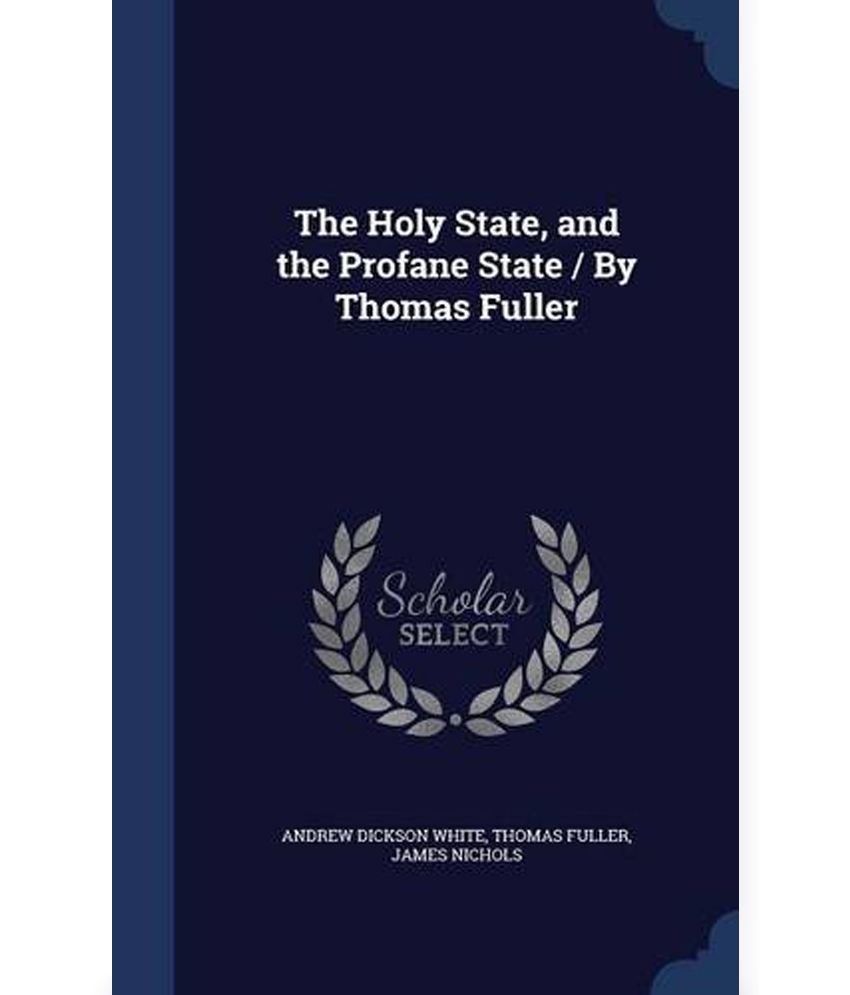
It also analyzes the vital ways that religion took center stage in arguments and debates about the new genre.ģ Charles Reagan Wilson, “‘Just a Little Talk with Jesus’: Elvis Presley, Religious Music, and Southern Spirituality,” in Southern Crossroads: Perspectives on Religion and Culture, ed. This article traces the black and white pentecostal influence on rock ‘n’ roll in the American South, from performance style and music to dress and religious views. In a region that novelist Flannery O'Connor called “Christ-haunted,” the line between secular and sacred, holy and profane was repeatedly crossed by rock musicians. Rock ‘n’ roll performers looked back to the vibrant churches of their youth, their charismatic pastors, and to flashy singing itinerants for inspiration. Some pentecostal churches incorporated drums, brass instruments, pianos, and even newly invented electric guitars. These were not the sedate congregants of mainline churches. The faithful spoke in tongues, practiced healing, and cultivated loud, revved-up, beat-driven music. Believers held mixed-race services during the height of Jim Crow segregation.


Pentecostalism, a vibrant religious movement that traced its origins to the early 20th century, broke with many of the formalities of traditional protestantism. Early rockers, all southerners-such as Elvis Presley, Johnny Cash, Little Richard, Jerry Lee Lewis, and James Brown-grew up in or regularly attended pentecostal churches. Few of those religious critics would have been aware or capable of understanding that rock ‘n’ roll, in fact, had deep religious roots.

Church leaders and laypeople in the US went on the defensive shortly after rock and roll became a national youth craze in 19.


 0 kommentar(er)
0 kommentar(er)
